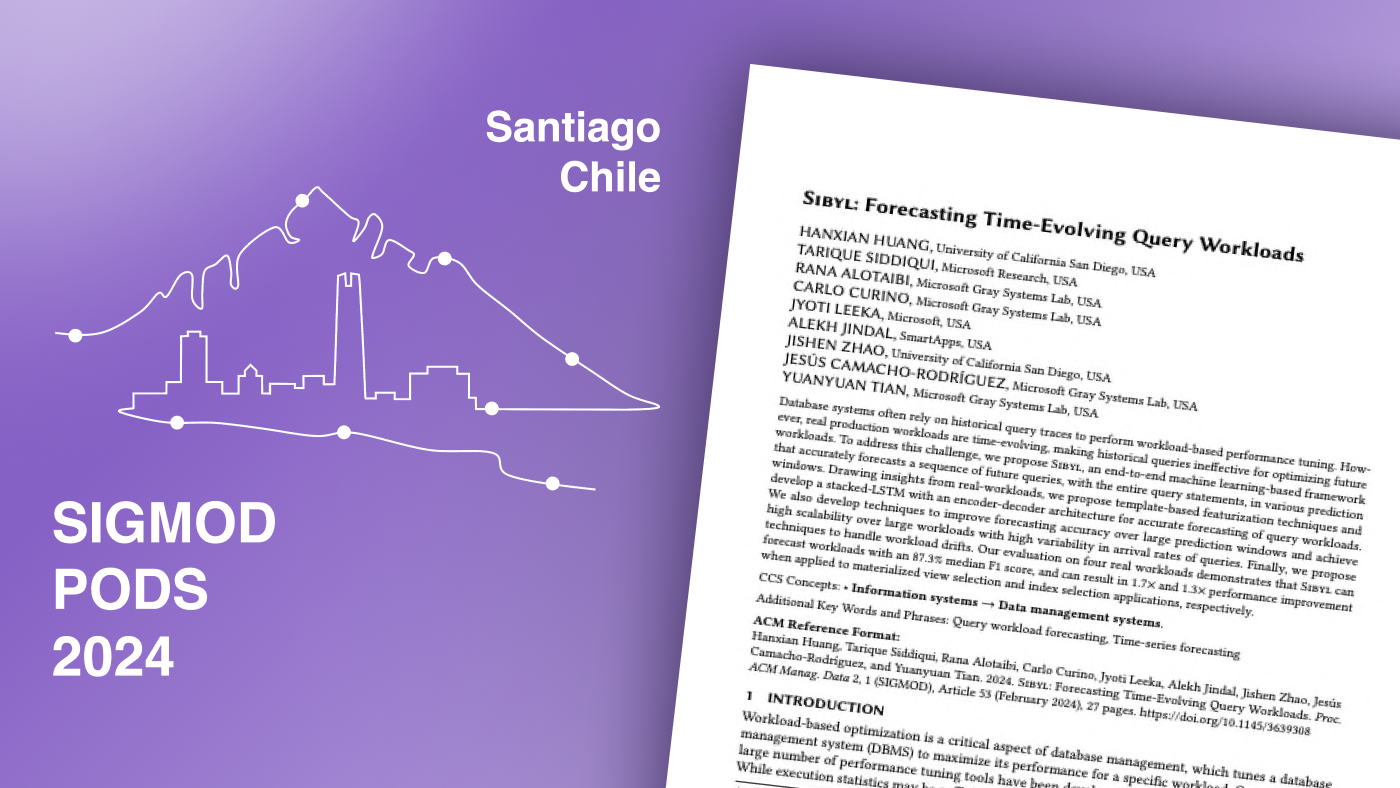 Every so often, a new platform comes along that really shakes things up. Well, if you’re part of the earth-sciences community, prepare to be shaken, because Microsoft Research has just released a new way to convey earth-science concepts. It’s called Layerscape (opens in new tab), and I like to think of it as a storytelling medium, since transmitting scientific ideas, especially those involving complex datasets, comes down to creating narratives. I work on earth-science storytelling at Microsoft Research Connections, and I’d like to walk you through just a couple of the many features of Layerscape.
Every so often, a new platform comes along that really shakes things up. Well, if you’re part of the earth-sciences community, prepare to be shaken, because Microsoft Research has just released a new way to convey earth-science concepts. It’s called Layerscape (opens in new tab), and I like to think of it as a storytelling medium, since transmitting scientific ideas, especially those involving complex datasets, comes down to creating narratives. I work on earth-science storytelling at Microsoft Research Connections, and I’d like to walk you through just a couple of the many features of Layerscape.
First, let me explain that Layerscape is a data visualization engine that was originally developed as WorldWide Telescope (opens in new tab) (WWT), an astronomical observatory housed within your PC. WWT was and is a wonderful tool for exploring the heavens, but right from the start is was more than just a powerful telescope on your PC. It is also a treasure trove of information drawn from cumulative scholarly publications and databases, including SIMBAD (the Set of Identifications, Measurements, and Bibliography for Astronomical Data), which gives you a list of objects visible in any particular corner of the night sky.
And if you think the sky’s the limit, then think again, because soon after it was developed, WWT had expanded beyond astronomy, adding, among other things, a careful construction of the Earth, textured with fine-scale imagery courtesy of Bing Maps. Now earth science has become the central theme in the next phase of WWT’s life, with Layerscape as the digital ecosystem for creating and sharing three-dimensional visual stories based on earth-science data.
Microsoft Research Blog
The first feature of Layerscape I want to describe is communities. At the Layerscape website (opens in new tab), under the “Browse by” drop-down, you will find content categories (Life Science, Climate, and so forth) that organize existing content. The communities feature, by contrast, lets you build structure around your own content. You can create a community around any idea you like and add whatever content you wish. What’s more, you can create WWT tours, which are special narratives built around data.
Once your community exists, you can selectively invite participants to join, or you can throw it open to the public. Let’s suppose you’ve gone the public route, and I decide to subscribe to your community. Now I can see what’s in your community and, in particular, I can load and view your tours directly on my computer. And since the tours’ underlying data is included, I can look beyond your narrative to explore the data for myself.
Okay, so what can I do with your data? Lots. This brings me to the second of Layerscape’s many features, what I will call “separation of data from perspective.” This feature works on data that exists in three dimensions and has a temporal aspect, allowing you to animate the data to see it unfold over time (probably at an accelerated or decelerated pace)—while you fly around examining it from any perspective or viewing angle you like.
 For example, I’m currently building a tour from data compiled by Gavin Hayes (opens in new tab) of the U.S. Geological Survey’s National Earthquake Information Center. In particular, I’m exploring Gavin’s data on subduction slabs, those enormous, 500-kilometer-thick boundaries where tectonic plates shove one another around. That data is pretty interesting, especially when you use WTT’s time control to speed it up by a factor of 10,000. Doing so enables me to see the recorded earthquakes, which betray the subduction slabs’ structure, popping off like fireworks all around the slabs. Better yet, I can use Layerscape’s separate perspective control to watch the action from many different angles. I can look at the data glowing down in the depths below, or I can fly down inside the Earth and look back up at it. This lets me create stories around the data that hadn’t been told before—stories that can change how we explore and come to understand our increasingly complex data.
For example, I’m currently building a tour from data compiled by Gavin Hayes (opens in new tab) of the U.S. Geological Survey’s National Earthquake Information Center. In particular, I’m exploring Gavin’s data on subduction slabs, those enormous, 500-kilometer-thick boundaries where tectonic plates shove one another around. That data is pretty interesting, especially when you use WTT’s time control to speed it up by a factor of 10,000. Doing so enables me to see the recorded earthquakes, which betray the subduction slabs’ structure, popping off like fireworks all around the slabs. Better yet, I can use Layerscape’s separate perspective control to watch the action from many different angles. I can look at the data glowing down in the depths below, or I can fly down inside the Earth and look back up at it. This lets me create stories around the data that hadn’t been told before—stories that can change how we explore and come to understand our increasingly complex data.
I can’t wait to see stories you’ll create with Layerscape! Try out the Layerscape beta (opens in new tab), create virtual tours, and participate in communities where you can share your content and provide feedback.
—Rob Fatland (opens in new tab), Program Manager, Microsoft Research Connections
Learn More





